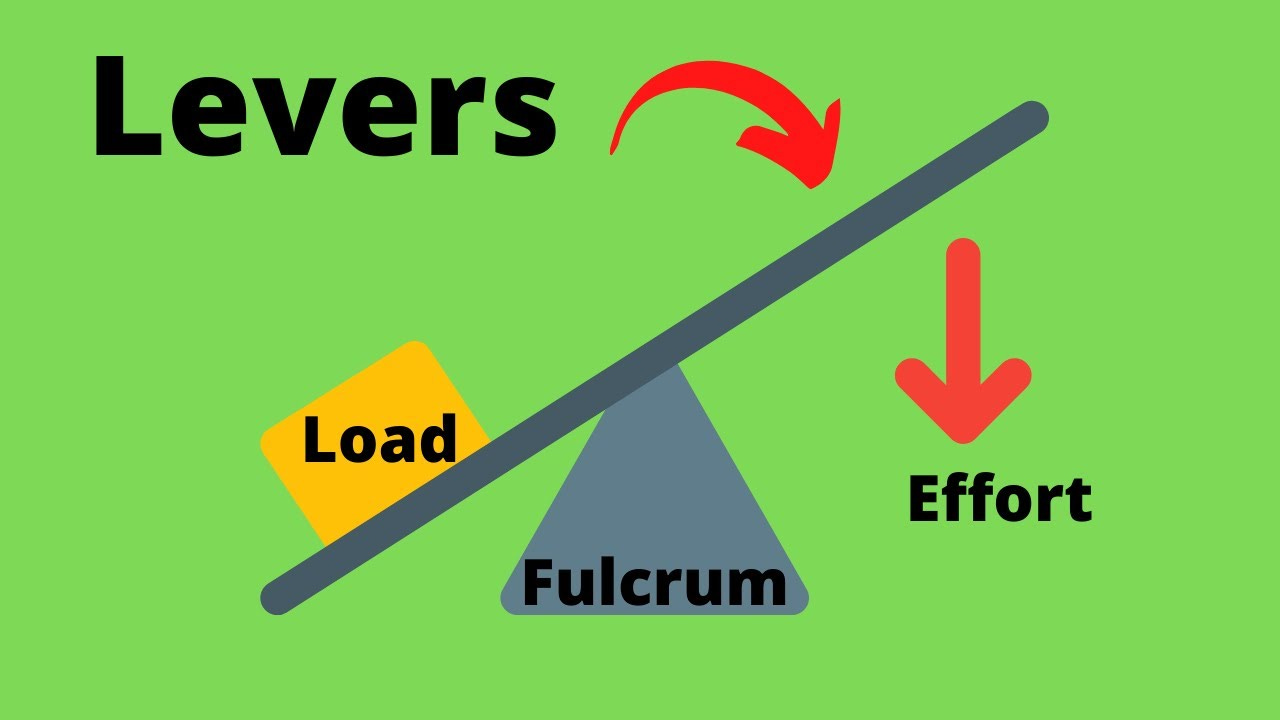Exercise doesn’t have to be that complicated.
Despite what social media trainers would have you think, it’s not that complicated: at its core, exercise is a game of leverages. It’s all about finding the best angle and position to get the best possible mechanical advantage to accomplish the thing you’re trying to do.
When you understand the basic principles of leverage and are clear on your intention (what’s the thing you’re trying to do?), you can manipulate movements and angles to fit your goals, needs, and intention.
Want to lift or move a heavy object? Get in the right position to create enough force to move it.
Want to focus on a specific muscle to work on hypertrophy (muscle growth)? Use a mechanically disadvantageous position to isolate that muscle group.
What about something that requires a lot of repetition, like running a really far distance? You’ll need to be as efficient with energy expenditure as possible, so using the right positions and leverages to create an efficient, powerful gait becomes very important.
Any movement pattern (aka exercise) can be modified by changing the stance, load placement, angle, and a host of other manipulatable factors.
The key is to identify what you’re trying to get out of the movement and choose your variation based on that, instead of randomly choosing an exercise to see if it might have an effect.
I wish there was an easy chart that tells us exactly what selection goes best with each body type, but, unfortunately, individual needs vary so much that it’s very hard to make sweeping generalizations (I did, however, write a ~60 page book on the topic that can get you started - you can buy it here: Paradoxa) - individual experiences, perception of movements and how they feel, limb lengths, and training history all play into how people move.
Is it really that easy? But Tyler, you might ask, what about doing something wrong and hurting myself? Overuse injuries? Sub-optimal biomechanics causing undo stress on my joints? SNAP CITY???
Honestly, that's a place where we, as personal trainers, physical therapists, and other body/movement-adjacent professionals have done you wrong - there's no such thing as "faulty" movement patterns.
WHAT?!?!?!
It's true. There's too much load - aka doing too much of something (reps, weight, distance, etc) - and when the load exceeds the capacity of the tissue, there's pain. Sometimes this is an acute injury: if you fall off a balcony and break your leg, the load (falling) has exceeded the capacity of the tissue (the bone's tensile strength). And sometimes it's repetitive stress over time - but that's usually more of an alarm from your body telling you to pull back than actual tissue damage.
Of course, I'm not a doctor, and I'm not diagnosing anything or telling you that you can do whatever you want and that you're going to be okay. But I am saying that the body is far more resilient and adaptable than the average personal trainer/Instagram corrective movement specialist would have you believe.
The key is in the amount of stuff you do: start small, and increase over time. If it feel like too much, back off a little, and build back up. This applies to weights, running/walking/biking/etc, or any other physical activity.
Your homework is to pay attention. I know, it's asking a lot. Pay attention to how your body feels while you're performing a movement, and after. Compare that to the amount of the thing you're doing and ask yourself:
"Was that too much?"
"Is there something I should change that might make this easier (position, load, etc)?"
"Should I have done something to prepare myself before doing this thing (lighter weight/easier variation/gentle movement)?"
Alright this one's getting a little long. Try it out. Let me know how it feels. If you have any questions, respond to this email. It's me on the other end. I don't know if you thought I had someone else writing these, or like a bot or something, but don't let all these bells and whistles trick you, it is literally me typing this into Substack with a free account.




